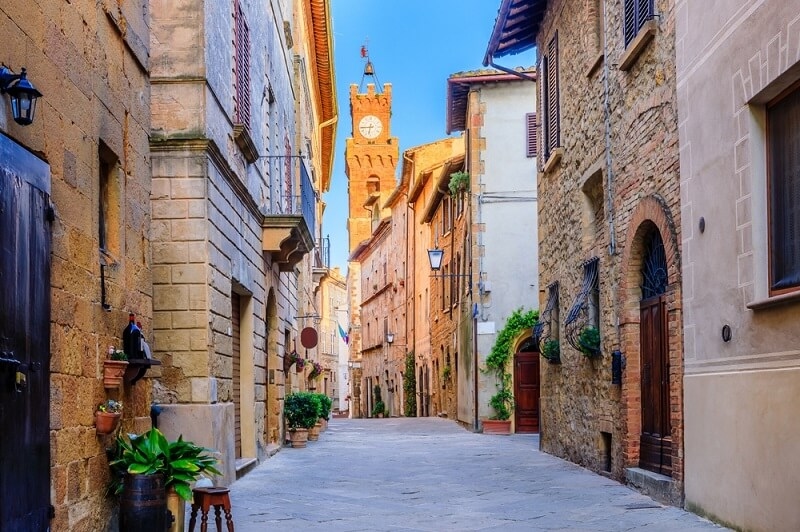
Among the most expressive and spontaneous art forms, street photography captures the true essence of city life. It is a way for photographers to capture a moment and Street to tell a compelling story about a person, culture, or emotion. This urban photography guide will teach you how to master candid street shots and maintain respect for ethics in street photography, as well as to explore new ways to be creative, with techniques such as black and white street photography and city life portraits. Whether you’re a novice trying to learn the craft or a street photography enthusiast, you'll gain a better understanding of street photography to transform everyday scenes into paintings.
Street photography is simply about capturing life's natural documentation in public places. Street photography is spontaneous, unscripted, and personal in its own sense. Street photography is also far less concerned with perfection and much more in tune with the fleeting movements, gestures, expressions, and experiences of urban life instead.
What makes street photography compelling, above all else, is its integrity. The subject, usually, is unaware of the photographer and will therefore convey a genuine feeling of emotion for that moment within the photograph. This is why the candid street shot is the glue that holds together any successful collection of urban pictures.
When executed well, street photography is more than just a visual art—it is an analysis of society, a story, and an emotional record of a human experience.
Street photography doesn't require you to have the fanciest, most expensive gear; it requires gear that complements your style and your speed. Here are some suggested essentials:
Sometimes less is better. The less you think about gear, the more you can look at life and people's genuine expressions.

Capturing spontaneous street photos takes a lot of observation, timing, and confidence. These photos usually tell the most honest stories about life in the city because they are not staged.
Some good ideas for real candid moments you would like to get:
The best candid images capture emotions, whether it be joy, tension, fatigue, or connection, without disturbing the flow of reality.
The conversation around ethics and street photography is meaningful because shooting street photographs adds the complication of photo documenting people in public places. While it is generally legal to take pictures in public, you have an ethical responsibility to respect the dignity of your subjects.
Some ethical guidance:
Ethical photography fosters trust and integrity in your work, ensuring that the content reflects a genuine connection with humanity and avoids intrusion.
City life portraits reveal the essence of urban life. City life portraits raise awareness about people and their surroundings—whether in a café, on a crosswalk, in a market, or at a transit stop.
Some principles to get you started in this style:
City life portraits enable you to blend storytelling with portraiture, offering your audience a more intimate glimpse into the human experience of busy urban life.
Black and white street photography has an ageless quality. By eliminating color, the image becomes more about contrast, form, and emotion, with very few distractions that would detract from the narrative of the picture.
Black and white imagery lends a poetic layer to street scenes, making them feel timeless and evoking a sense of emotional weight.
Light is essential for a good photograph. Knowing how to work with natural/ambient light or with artificial light will help you improve your street photography.
Experimenting with various lighting situations will help you develop a distinctive visual aesthetic.
Editing is the place where your creativity has the opportunity to unfold. Post-processing can enhance your mood and emotions while maintaining the authenticity of the moment.
Good editing practices are as follows:
Editing should only serve to enhance your vision, not alter it. Oftentimes, subtle editing is the most impactful form of urban photography.
Even skilled photographers can fall into common pitfalls. Recognizing them early can help you improve quickly.
Frequent mistakes:
Avoiding these mistakes will help you develop a more natural and emotionally resonant style of street photography.
Urban environments can be unpredictable, so safety and etiquette matter as much as creativity.
Smart practices:
Professional conduct enhances your credibility and ensures a positive experience for both you and your subjects.
Street photography is an art of observation, emotion, and storytelling. By mastering techniques such as candid street photography, adhering to ethical standards in the genre, and experimenting with black and white street photography, you can capture authentic city life portraits that resonate with viewers and immortalize the spirit of urban living.
This content was created by AI